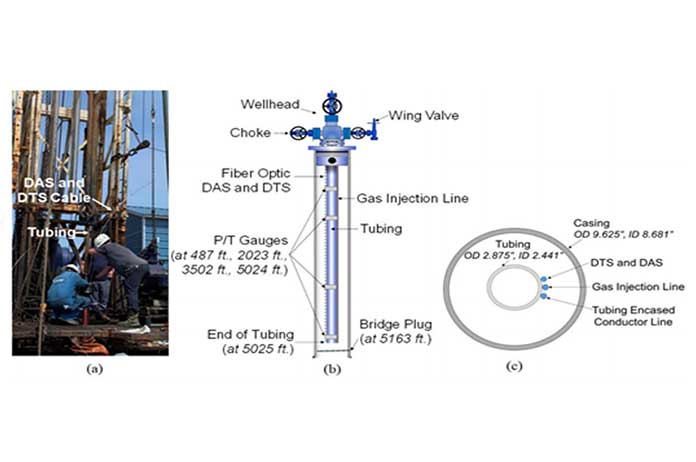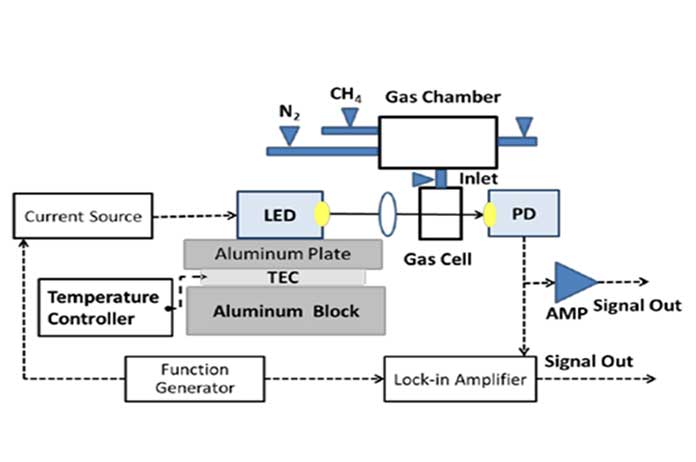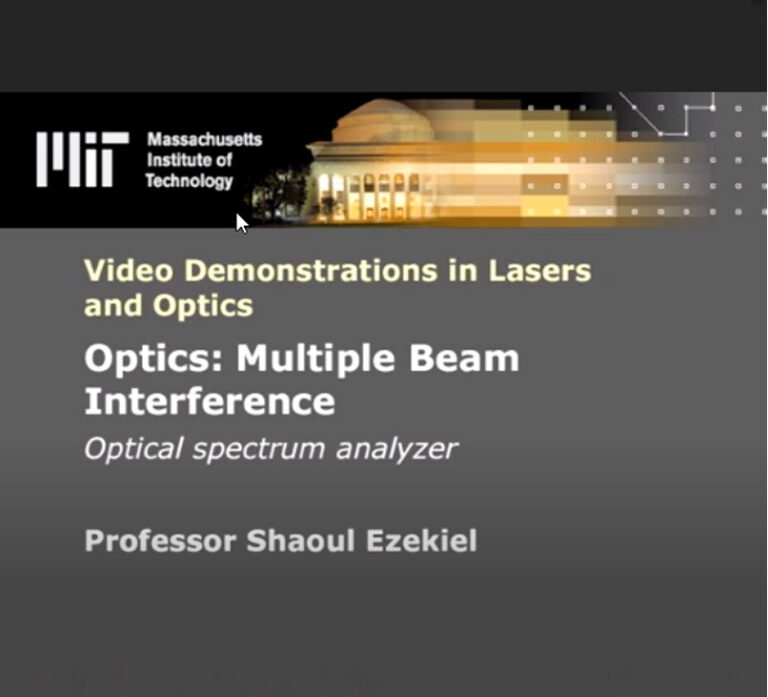Optical Transmitter & Receiver Designs
Optical communication is a rapidly growing field that has revolutionized the way we transmit data over long distances. Optical transmitters and receivers are key components of optical communication systems, which convert electrical signals into optical signals and vice versa. In this blog, we will discuss the basics of optical transmitter and receiver designs, their working principles, and some recent advancements in this field.
Optical Transmitter Design:
An optical transmitter is a device that converts electrical signals into optical signals for transmission over an optical fiber. The basic components of an optical transmitter include a light source, modulator, driver circuitry, and coupling optics. The light source can be either a laser diode or an LED (light-emitting diode), which emits light at a specific wavelength. The modulator is used to encode the electrical signal onto the light signal by varying its intensity or phase.
The driver circuitry provides the necessary current to drive the modulator and control its output power. Coupling optics are used to couple the light signal into the fiber with minimum loss. There are several types of modulators used in optical transmitters such as electro-absorption modulators (EAMs), Mach-Zehnder modulators (MZMs), and semiconductor optical amplifiers (SOAs).
Recent advancements in optical transmitter design include the use of silicon photonics technology for high-speed modulation and integration with CMOS circuits for low-power consumption.
Optical Receiver Design:
An optical receiver is a device that converts incoming optical signals into electrical signals for further processing. The basic components of an optical receiver include a photodetector, amplifier, filter, and equalizer. The photodetector converts the incoming light signal into an electrical signal by absorbing photons.
The amplifier amplifies the weak electrical signal generated by the photodetector to improve its signal-to-noise ratio (SNR). The filter removes any unwanted noise or interference from the signal. The equalizer compensates for any distortion introduced by the optical fiber and improves the overall signal quality.
Recent advancements in optical receiver design include the use of avalanche photodiodes (APDs) for high-sensitivity detection, coherent detection for improved SNR, and digital signal processing (DSP) for adaptive equalization.
Reference:
“Optical Transmitter and Receiver Design” by Xiang Liu, Ming C. Wu, and Jianping Yao.
“Optical Transmitter and Receiver Design” by John E. Midwinter.
“Silicon Photonics for Optical Transmitter and Receiver Design” by Sasan Fathpour.
“Advanced Optical Communication Systems and Networks” edited by Ivan Andonovic, et al.

InnoWell is an innovative company in the field of the optical gateway and fiber-optics-based sensors. The various products of InnoWell can fulfill customers’ requirements for measuring temperature, and types of gasses, whether they are toxic or explosive in oil wells, besides identifying gas kick before occurrence.
Copyright © 2021 InnoWell. All Rights Reserved



